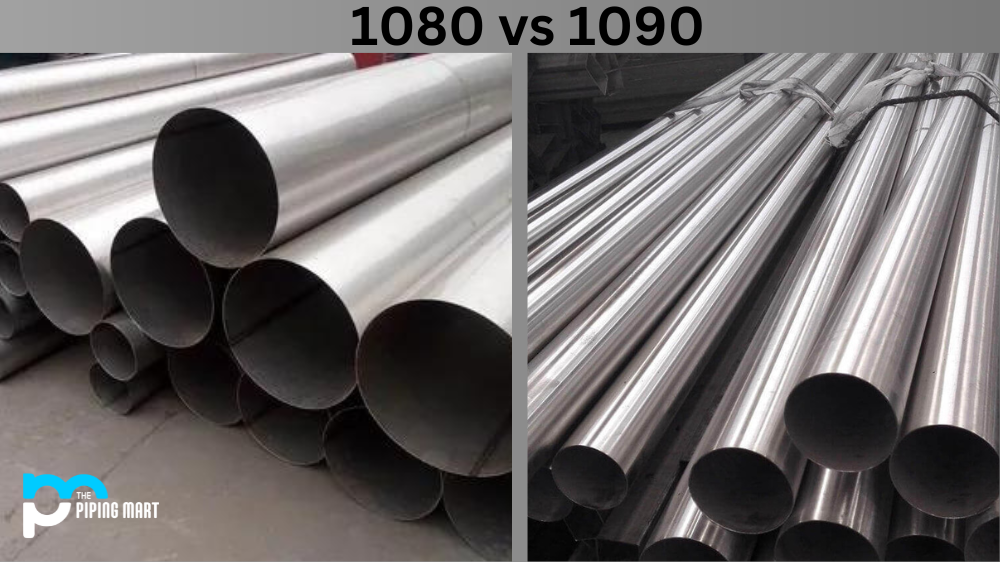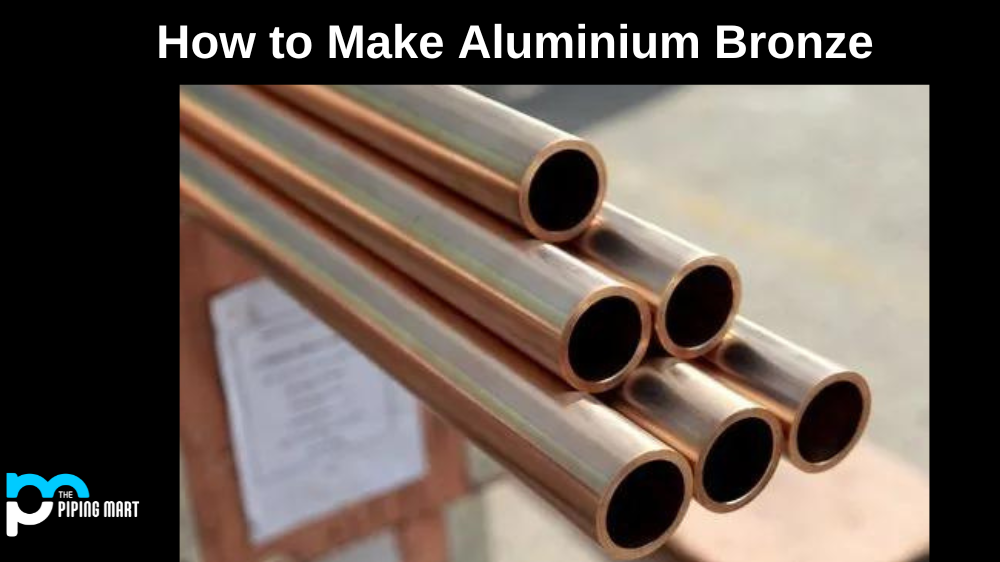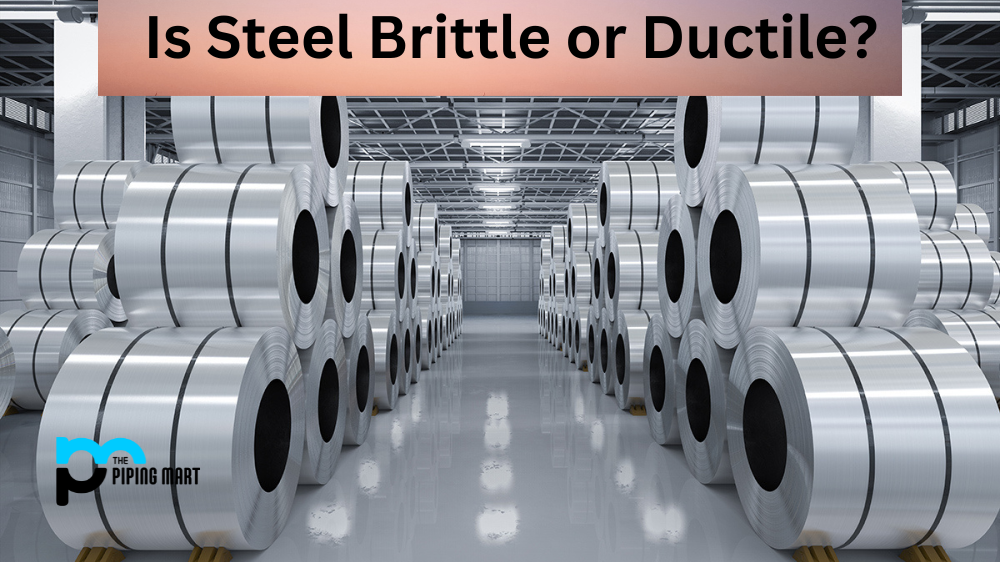If you are a knife enthusiast, you may have heard of 1080 and 1090 steel. These steels are known for their high carbon content, making them popular choices for knife-making. Although they are similar in many ways, subtle differences make them suitable for specific applications. In this blog post, we will be taking a closer look at 1080 vs 1090 steel and exploring the distinctive features of each.
Difference Between 1080 and 1090 Steel
Chemical Composition
1080 and 1090 steel belong to the high-carbon steel family and contain about 0.8-0.9% carbon. The difference lies in additional alloying elements present in 1090. 1090 steel has a small amount of Vanadium (-V) and Manganese (Mn), which enhances its hardenability and toughness. On the other hand, 1080 has no additional alloying elements, so it has a lower hardenability than 1090. In terms of composition, 1090 steel is a clear winner.
Hardness and Toughness
1080 steel is easier to harden but is also more brittle than 1090. The hardness of 1080 steel ranges from 58-62 HRC, which is decent, but it falls short compared to the hardness of 1090 steel, which can reach up to 64 HRC. However, the tradeoff for 1090 steel’s hardness is that it is less demanding than 1080. Therefore, depending on the intended use, one may pick 1080 or 1090 steel.
Edge Retention
Edge retention is one of the most crucial properties of a good blade. It refers to a blade’s ability to maintain a sharp edge for an extended period. In this regard, 1090 steel performs better than 1080 steel. Adding Vanadium to 1090 steel enhances its hardness, improving edge retention. 1090 steel’s edge retention is superior to that of 1080 steel.
Machinability
Machinability refers to how well a material can be shaped, drilled, or cut using a machine. Compared to 1090 steel, 1080 steel has slightly better machinability. This is because it is softer compared to 1090 steel and is easier to work with. However, the downside to 1080 steel’s machinability is that it wears out more quickly than 1090 steel.
Price
Cost is a significant factor in decision-making, often due to the budget. Comparatively, 1090 steel is priced higher than 1080 steel, primarily because of its added alloying elements. However, when it comes to knife-making, the price difference between the two steels must be more significant to make the ultimate decision.
Composition
One of the main differences between 1080 and 1090 steel is their composition. 1080 steel contains 0.80% carbon, while 1090 steel contains 0.90% carbon. The higher carbon content of 1090 steel makes it more complicated than 1080 steel, but it is also more brittle and more likely to break or chip if not used properly.
Heat Treatment
Another difference between 1080 and 1090 steel is how they are heat treated. 1080 steel is typically heat treated to a lower hardness, around 50-55 HRC, while 1090 steel is heat treated to a higher hardness, around 58-60 HRC. The higher hardness of 1090 steel means it will retain its edge better than 1080 steel, but it is also more likely to break if misused.
Uses
1080 and 1090 steel are commonly used in knives and other cutting tools. However, due to its higher hardness, 1090 steel is often used in applications requiring a sharp edge, such as razor blades or surgical instruments. 1080 steel is often used in less demanding applications with a slightly less sharp edge, such as woodworking or general-purpose knives, which is acceptable.
Conclusion
Choosing between 1080 and 1090 steel comes down to the intended use of the blade. For blades designed for heavy-duty operations or where superior edge retention is critical, 1090 steel is the better choice. But for blades that require more toughness, easier machinability, and a reasonable price point, 1080 steel is a good option. Both steels have their advantages and disadvantages; it is vital to consider all aspects before making a decision. In the end, the choice between 1080 and 1090 steel proves to be a personal preference, and either steel can make an excellent blade.

Hey, I’m Krutik, a casual blogger expert in the metal industry. I am passionate about providing valuable information to my readers. With a background in engineering and construction, I like playing Cricket & watching Netflix shows in my free time. Thank you for visiting my blog, and I hope you find my information helpful!




